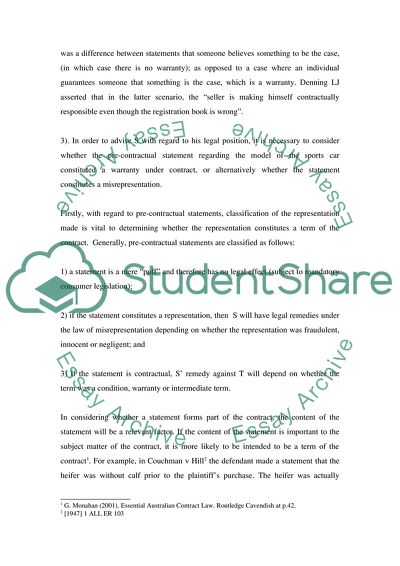Cite this document
(“Contract Law: Case of Oscar Chess v Williams Assignment - 1”, n.d.)
Contract Law: Case of Oscar Chess v Williams Assignment - 1. Retrieved from https://studentshare.org/law/1724616-contract-law
Contract Law: Case of Oscar Chess v Williams Assignment - 1. Retrieved from https://studentshare.org/law/1724616-contract-law
(Contract Law: Case of Oscar Chess V Williams Assignment - 1)
Contract Law: Case of Oscar Chess V Williams Assignment - 1. https://studentshare.org/law/1724616-contract-law.
Contract Law: Case of Oscar Chess V Williams Assignment - 1. https://studentshare.org/law/1724616-contract-law.
“Contract Law: Case of Oscar Chess V Williams Assignment - 1”, n.d. https://studentshare.org/law/1724616-contract-law.


